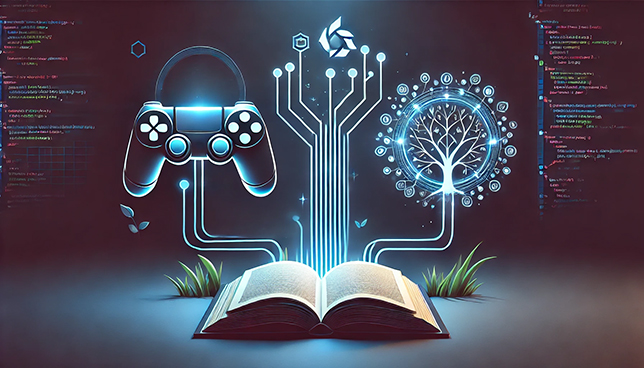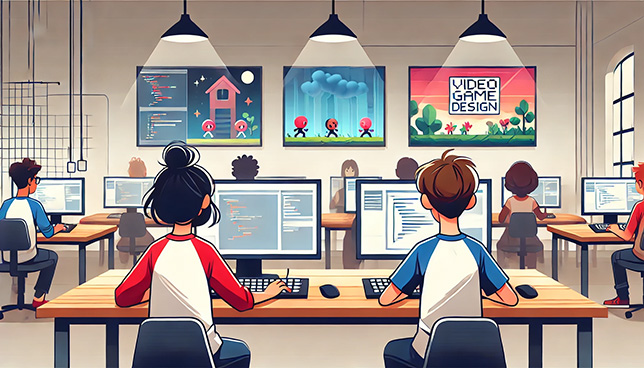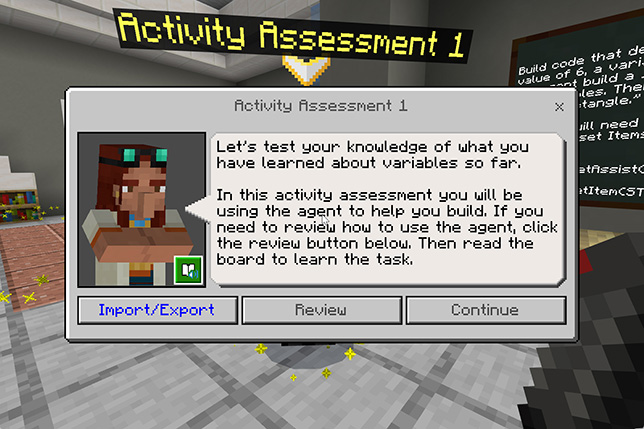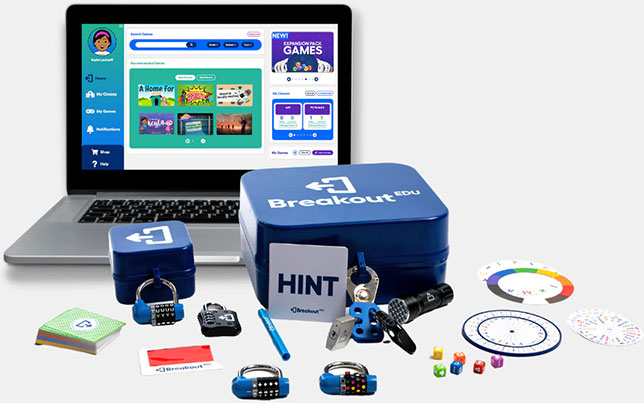
Today's most forward-thinking schools are using gaming as a platform to train students for real-world roles in fields like aviation, robotics, remote operations, and data center management.

Game development technology is being utilized beyond its traditional gaming roots, according to the recently released annual "State of Game Development" report from development and DevOps solutions provider Perforce Software.

Designing games is a powerful way for students to learn transferable and in-demand skills, and teaching it can be as easy as allowing students to demonstrate their learning using tools they choose.

Prodigy Learning and Minecraft Education have partnered to bring computer science (CS) and coding skills to learners through the immersive world of Minecraft.
Entrepreneurial nonprofit education organization Build has introduced "FamBiz CEO Simulation Game" for students in grades 7-12, designed to teach how to transform a family business into an entrepreneurship.
K–12 game-based coding platform Tynker has developed an AI-powered solution for ages 6–12 called Tynker Copilot that leverages the capabilities of Large Language Models to transform students’ ideas into visual block code for apps and games, the company said in a news release.

Educational games company Breakout EDU has launched Breakout+, an adventure-based, interactive, immersive game resource calling on students to use standards-aligned critical thinking skills and academic concepts.
Subjects being developed for game modules include chemistry and physics, math, language arts, and history. The platform contains curriculum aligned-content and extracurricular skill development, the company said.
Christopher Kerr, president of the Connecticut Computer Science Teachers Association and a computer and information science teacher, shares his practical tips for engaging students with the exciting world of computer science and supporting them to realize their full potential.

Digital K–12 curriculum provider STEM Fuse and game and animation developer Construct have released the latest in a series of career and technical education curricula: GAME:IT Advanced, which is recommended for grades 10–12 and uses the Construct 3 platform to teach coding through game design.